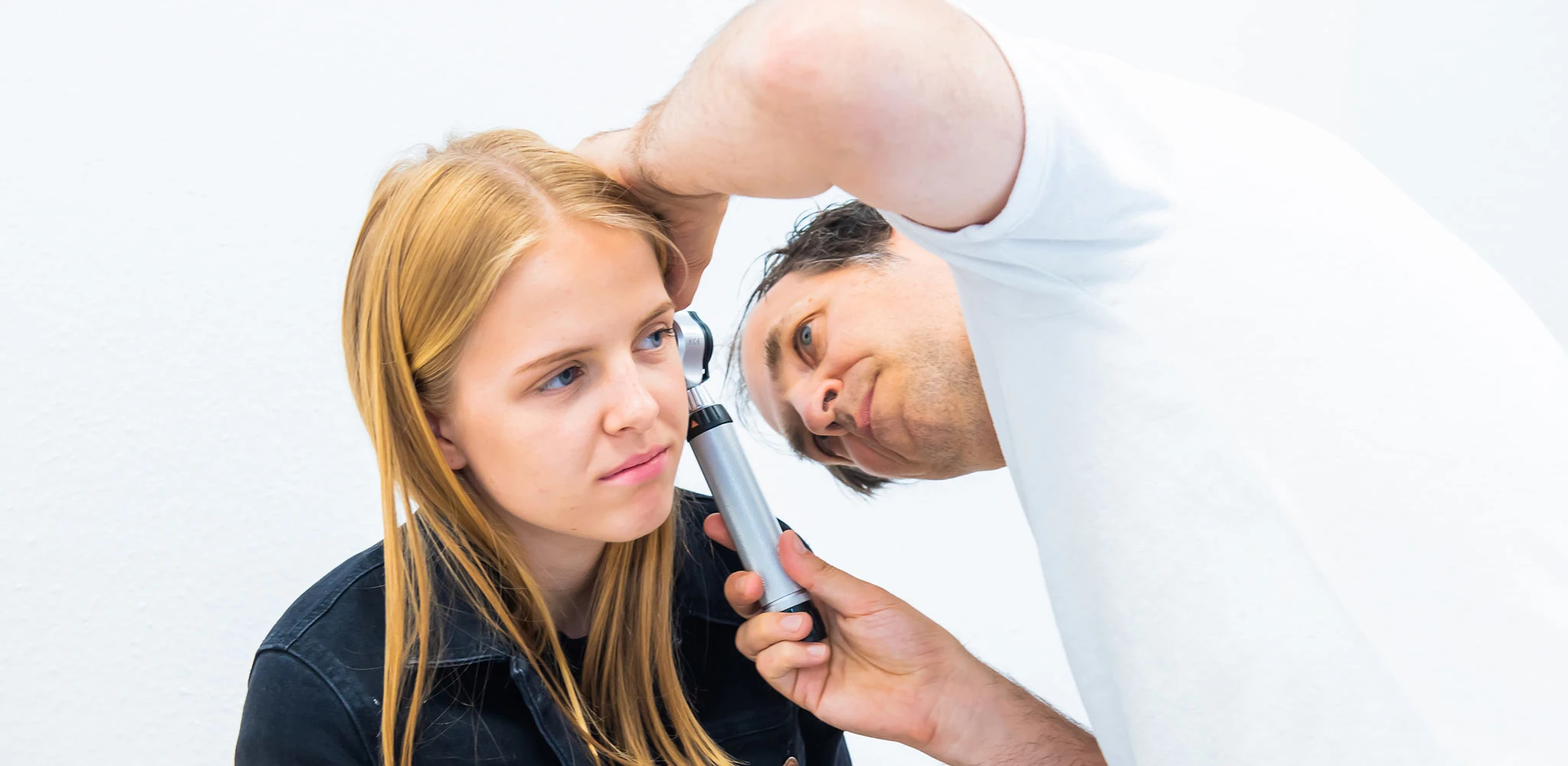Help, my child is sleepwalking
Today we're talking about somnambulism. This is neither something naughty nor something to eat - but quite simply: sleepwalking.
Is your child sleepwalking? He or she is not alone! It occurs in about a third of children. It typically begins between the ages of three and five and usually disappears again during puberty. Very important: it is not a clinical picture. Rather, it is often a family history that can simply occur.
However, there are a few trigger factors - these are
When there is a fever.
When children are under great stress.
When they are clearly overtired
You should be relaxed about it when your child is sleepwalking. Not much can happen. However, the colloquial "sleepwalking safety" is not always a given. Although children move around relatively safely, they can fall down the stairs or walk out of the front door. It is therefore important for parents of a sleepwalking child to lock windows and doors and secure stairs to prevent accidents.
We paediatricians are not really needed. Exception: If it occurs so frequently that the child is massively overtired as a result or is aggressive or often injures itself when sleepwalking. For these rare cases, there is also a treatment approach with medication.
Further interesting tips
J2 screening
The final article in our series on preventive check-ups for children and adolescents: The J2 adolescent check-up is the last of its kind.
"Screen-free from three" campaign
Screen-free until three - Formatted textDocument A nationwide campaign has been launched in many German paediatric practices this week: "Screen-free until three". We are taking part - even at the risk of offending parents ...
Fontanelle
Today a topic that isn't really a topic at all: the fontanel. In other words, the gaps in the bony skull of babies. Although it has no medical significance, there are always questions about it. So here's everything you need to know about the fontanel.
